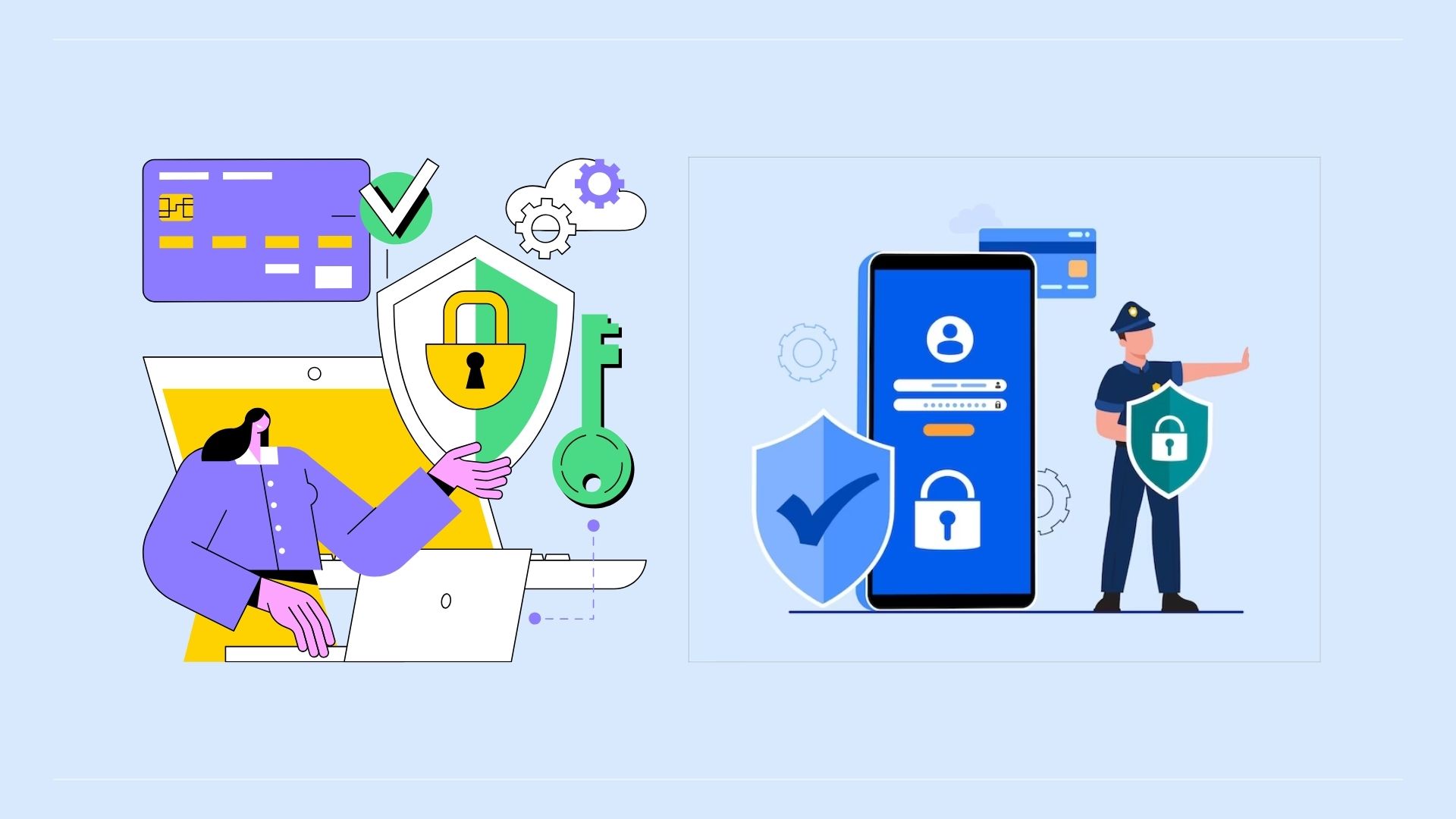6 Tips for Developing Secure Web Applications

Page Contents
With cyber threats increasing over the past few years, web apps must possess the best security attributes. Developers are at the center of it all and need to find the right approaches, from coding safely to staying on top of the latest security patches. Here are five basic recommendations you can easily utilize to strengthen your web applications against vulnerabilities:
1. Leverage Up-to-Date Technology
You can leverage cutting-edge solutions for the secure generation, storage, and transmission of session-related data. Using ASPM enables comprehensive assessment and administration and effectively enhances the security of your web application. This tool helps you with multiple security measures, for instance:
- It ensures compliance
- Identify vulnerabilities
- Assessing the risks
- Providing prioritization measures
Consider utilizing Runtime Application Self-Protection (RASP) to reduce human intervention and safeguard web applications from threats.
2. Implement Strong Authentication and Authorization
Ensure the implementation of strict password policies to improve the resistance of user credentials to unauthorized access. Where necessary, incorporating multi-factor authentication (MFA) provides an additional security measure that asks for multiple authentications.
Authentication involves who can log in to the app; however, authorization dictates what can be done on the app. Check who can do what regularly and fix any permissions that go too far. Using the ‘least privilege' rule means giving users only the absolute necessary access for their work, so the damage is as small as possible if there's a security issue.
3. Data Validation and Sanitization
Input validation is a barrier against SQL injection attacks or other forms like cross-site scripting (XSS) and cross-site request forgery (CSRF). This involves careful inspection of all user inputs on the client and server sides to ensure they meet predetermined standards.
It also blocks any attempts at inserting malicious coding or tampering with the app. Implementing output encoding as a measure defends the web application against XSS attacks. This ensures that information provided to users remains protected.
4. Update Your Software and Libraries
Old software and third-party libraries are often easy targets for hackers. Consider keeping everything in their web apps up-to-date, like frameworks, libraries, and server software. Applying updates promptly patches vulnerabilities and bolsters defenses against cyber exploits.
Beyond fixing known issues, updates often introduce new security features, enhancing your application's resilience. It is important to establish a regular process for applying software patches and updates. Whenever possible, automate the update process. Additionally, keep up-to-date with vendor security advisories.
5. Secure Session Management
This measure involves using securely created random session IDs and applying stringent storage measures. This minimizes predicting or hijacking sessions by malicious parties.
Use web application firewalls (WAF) within HTTPS traffic to ensure data encryption between client and server, thus preventing eavesdropping and interception during sessions.
It will also allow SSL termination, which decrypts HTTPS traffic for inspection. An SSL connection uses a certificate to authenticate and encrypt data between a user's computer and the web server.
6. Regular Security Audits and Testing
These proactive strategies aim to ensure web applications' resilience against new threats. This will involve automated and manual security testing to detect and eliminate the weak points, including penetration tests and code reviews. Consider tools such as Zed Attack Proxy (ZAP) and Burp Suite to find common security bugs that, as developers, you can proactively tackle beforehand.
With regular reviewing and refining of security policies and processes, you can establish an incident response and recovery plan. This includes measures to undertake upon identifying, containing, eradicating, and recovering from a security breach. Implementing a relevant strategy can reduce the implications of your web application's breach.
Endnote
Web applications are bringing a great revolution in every industry, but for them to be helpful, the security features need to be outstanding. When developing yours, have a proactive mindset where you'll aim at identifying issues early.

Public relations, digital marketing, journalism, copywriting. I have done it all so I am able to communicate any information in a professional manner. Recent work includes creating compelling digital content, and applying SEO strategies to increase website performance. I am a skilled copy editor who can manage budgets and people.